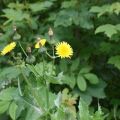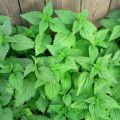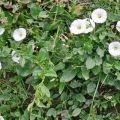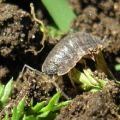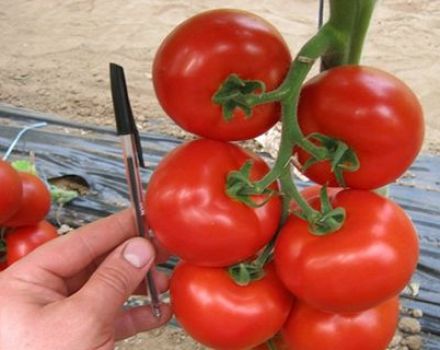The best control measures, how to permanently get rid of sow thistle on the site
Among the widespread garden weeds, sow thistle occupies a special place. This plant is known for being able to cover large areas of the site almost instantly due to its highly developed root system. Simply pulling this weed out of the ground is not enough. It is important to know how you can permanently get rid of sow thistle on the site, using the most effective biological, mechanical and chemical methods. You should also familiarize yourself with the necessary preventive measures.
Reasons for the appearance
First of all, let's figure out where the sow thistle appears in the gardens. This plant is one of the three leaders in weeds, along with wheatgrass and fillet.
Sow thistle, also known as yellow sow thistle, predominantly grows in ravines, wastelands, along river banks, and in orchards and vegetable gardens. It is a perennial plant, reaching a height of half a meter.
Pink, or rough, slightly shorter in height - up to 1.2 meters. It has a strong and robust root system, a branched straight stem and elongated thorny leaves. The flowers have a characteristic pink color. The distribution area of this species is fields, roadside areas.
On garden plots, sow thistles begins to grow actively as a result of the spread of seeds and pieces of weed rhizome.

What harm does
The thistle weed is a threat to berries, fruits and vegetables that grow nearby.
The harm caused is as follows:
- creation of factors for the spread of fungal diseases of plant crops and the attraction of insect pests;
- difficulty in tillage;
- slowing down the growth and development of plantations by creating artificial shade and absorbing natural sunlight.
An important feature of sow thistle is that the root system of the weed grows into the soil to a depth of six meters and sucks out all valuable minerals and vitamins. As a result, the soil becomes depleted, which adversely affects the quality of the future crop.
Sow thistle multiplies rapidly - and this is its danger.
Each plant is capable of producing about six and a half thousand seeds. In the wind, these seeds quickly spread between plantings.
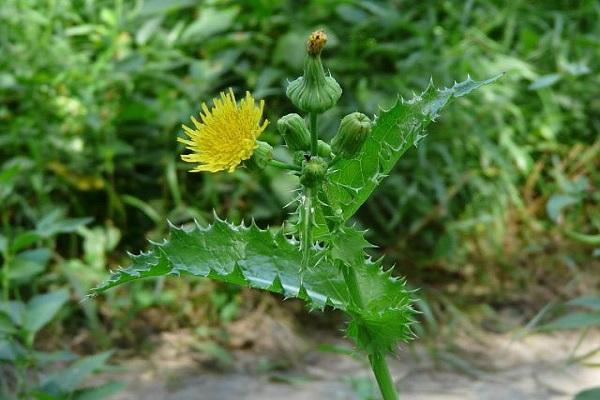
How to deal with a thistle in the garden
There are several ways to combat sow thistle. After reviewing each in detail, you can choose the most effective one.
Mechanical methods
Mechanical methods of weed control are widely used, such as manual removal and digging of soil.
Manual removal
This method is laborious due to the peculiarities of the sow thist root system. It can be facilitated by using special devices.
Garden fork with 45 degree tines, suitable for removing weeds that are not firmly in the soil.
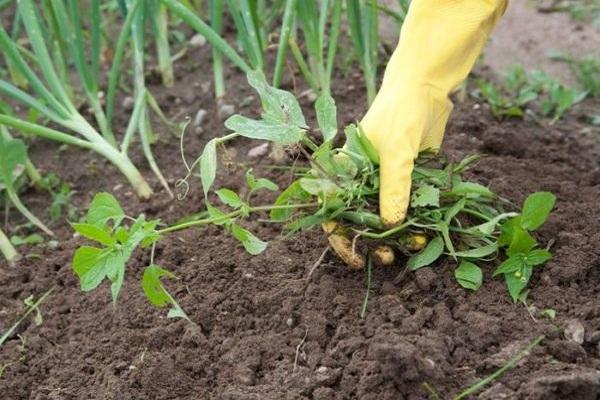
For pulling out long root shafts, the use of a fork-shaped root remover with two tines is recommended.
With the help of the Fokin plane cutter, you can remove weeds by ruining the device into the soil to a depth of three meters. It works on the principle of a scythe, mowing long stem stems and extending them along the surface underground.
Digging the soil
Digging up the soil should be done in several stages:
- Work thoroughly with a shovel, break up clods and feed with fertilizers.
- Use a fork to loosen the soil, pull out lumps and debris that has not been noticed before.
- If the soil is too hard, re-dig.
- Bring black soil to the site.
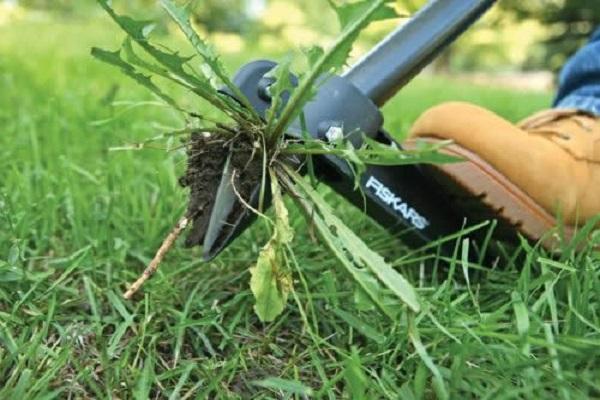
Chemicals
Herbicide chemicals are effective against weeds, including sow thistle.
Products containing glyphos in their composition destroy the weed within 2-3 weeks. Among them:
- Roundup;
- "Glyphos";
- "Tornado";
- "Hurricane";
- "Secateurs".
All of the listed chemicals act according to the following principle:
- During the first days from the moment of spraying, the active substances penetrate into the green parts of the plant.
- Gradually move to the root system.
- The death of weeds occurs due to a violation of the synthesis of amino acids.

Sow thistle treatment with herbicides can be carried out only in dry and calm weather. Even the slightest drop of a chemical must not be allowed to enter the cultivated plants planted on the site. It is necessary to dilute the drug strictly in the proportions indicated in the instructions. Before starting work, you should prepare personal protective equipment.
Biological way
This method involves planting green manure plants on the site. These include:
- nettle;
- alfalfa;
- rye;
- peas;
- lupine.
When these plants grow up, you should cover the area with cardboard sheets or film and wait for spring. Overripe plants will enrich the soil with the necessary components. Such conditions are unfavorable for the weed.
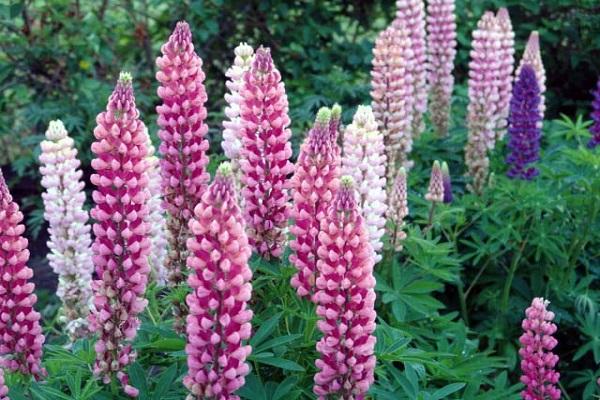
Folk methods of struggle
There are also long-proven and reliable measures to destroy the weed thistle on the site:
- A month before the start of planting, treat the soil on the site with ethyl alcohol diluted in water. For 10 liters of water, 150 milliliters of alcohol is used.
- A mixture of vinegar essence with salt will help destroy the weed forever. Sow thistle must be cut off, after which its root must be treated with the resulting solution.
- Water the weeds with an aqueous solution of table salt - at the rate of 1 glass of salt per 1 liter of water.
- Sprinkle the areas where weeds grow with dry table salt. For each square meter of the site, one and a half kilograms of product will be required.
- Use baking soda to sprinkle on the thistle. Under the influence of moisture, it will dissolve, having a detrimental effect on the development of the weed.

Prevention of reappearance
For preventive purposes, several rules should be followed:
- Use only high-quality and clean seed purchased at specialized points.
- Be sure to take into account the crop rotation.
- Mow weeds at the very beginning of flowering.
Compliance with these recommendations will help create favorable conditions for the development of useful crops in the areas.



